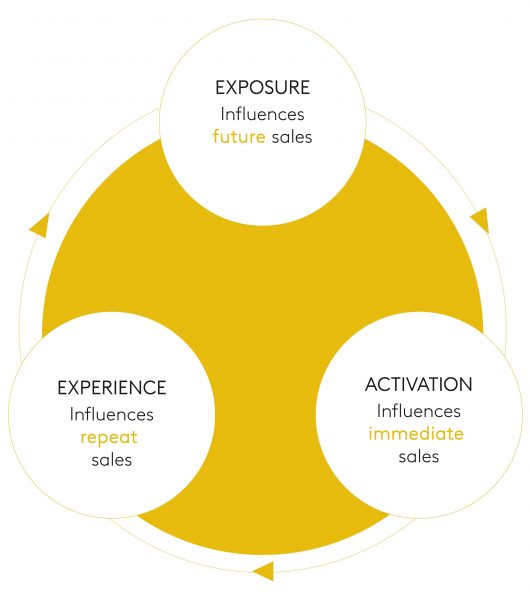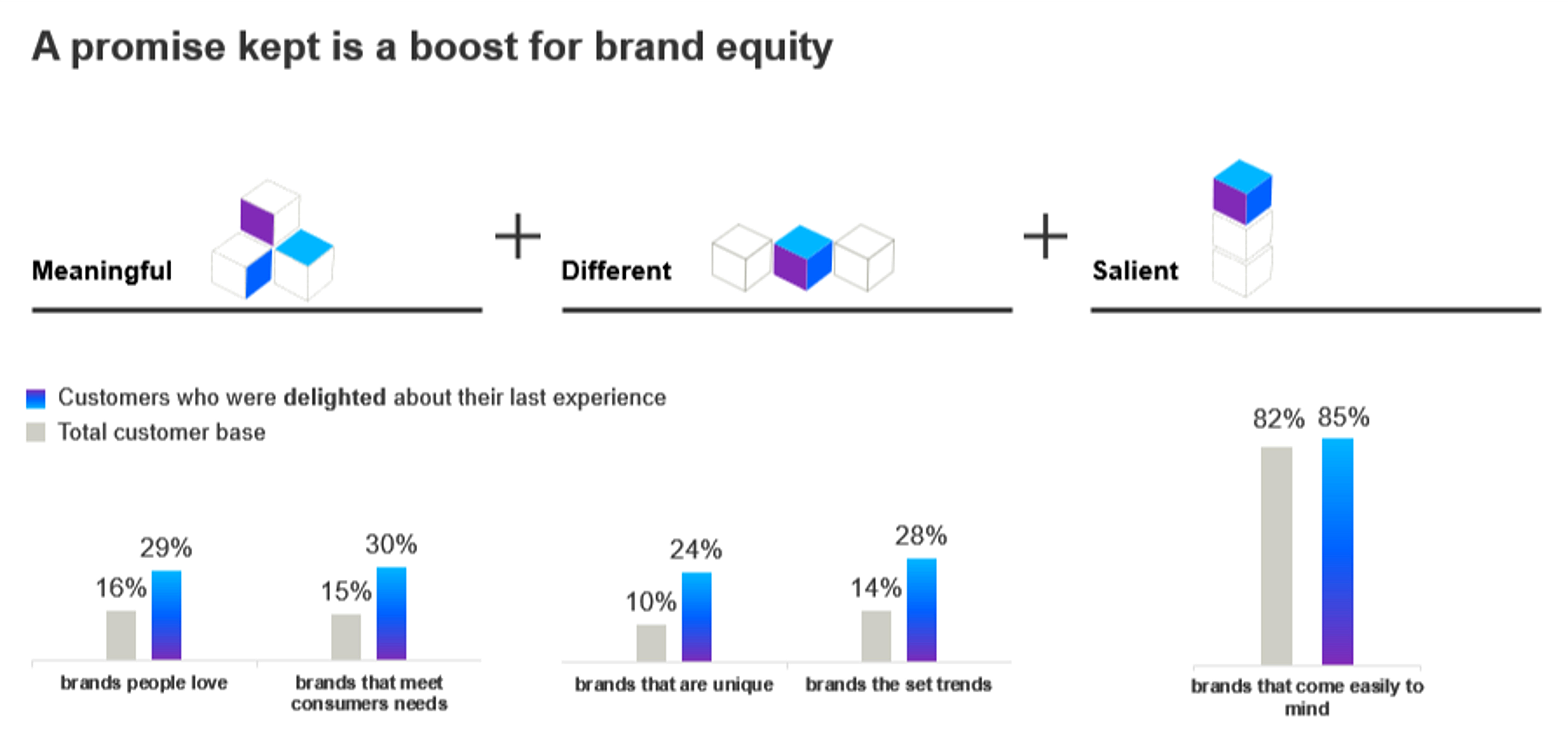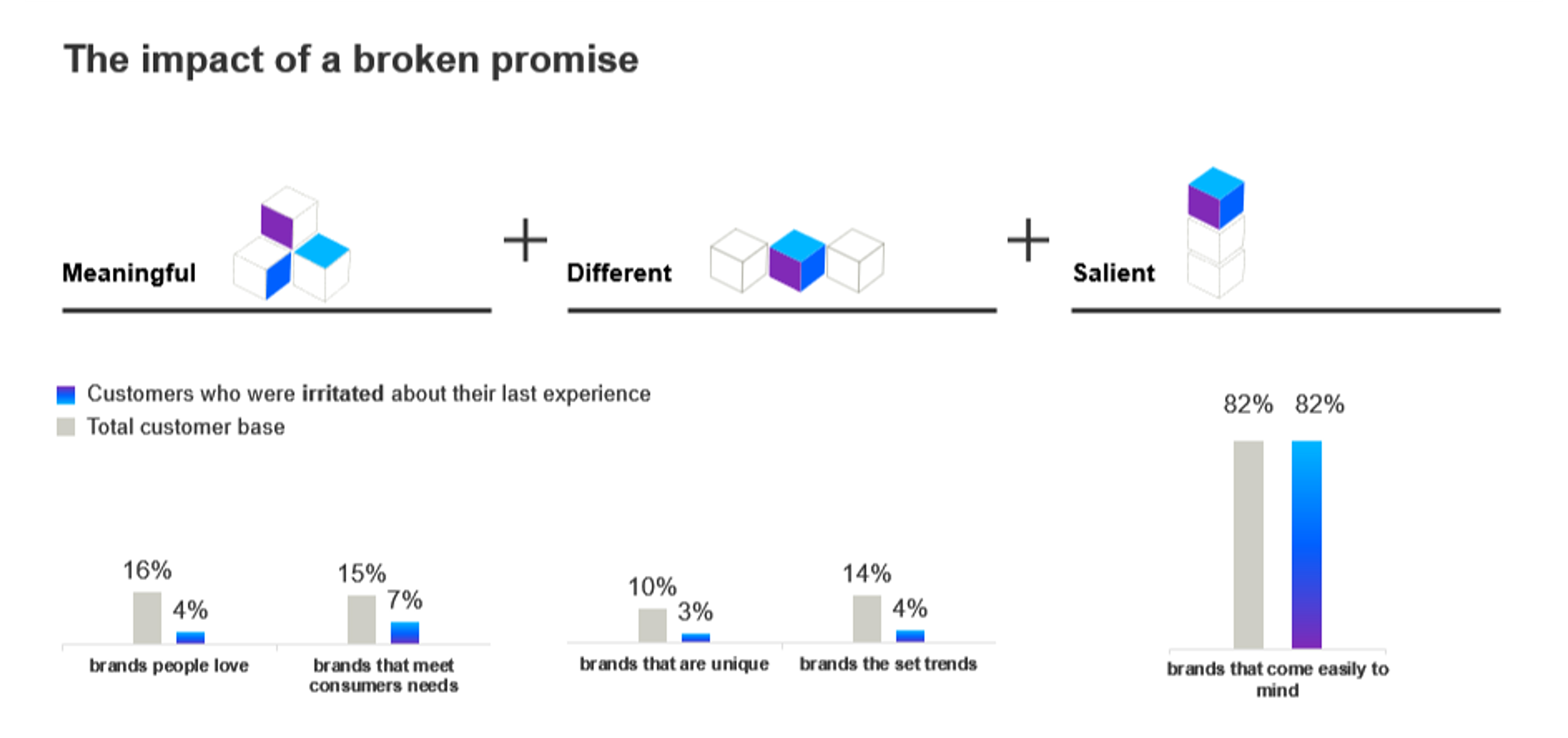
One of the most worrisome trends challenging businesses today is the lack of alignment between brand promise and what is delivered as the customer experience (CX).
There are three main reasons for this disconnect:
- Organisations not thinking through the entire marketing plan, from assessing customer needs to brand positioning to delivering great experience – if done properly, this ensures the vision, mission, brand and CX strategies align well.
- Lack of alignment between two critical functions in any organisation – marketing and CX. In many businesses, marketing is more about “hunting” while CX is about “farming”. This distinction results in differing business objectives and unaligned KPIs.
- Lack of understanding of the CX function, governance, and structure. Common myths are that CX is a department, CX is only about touchpoints or customer service. CX is far more strategic, holistic, multi-functional and multi-disciplinary.
While marketing is usually focused on the initial stages of exposure and activation, CX is focused on repeat sales. If these functions don’t run symbiotically, existing customers run the risk of being disappointed when new customers are seen to be rewarded more for joining the brand than existing customers are for their loyalty.

There seems to be global consensus that while a brand is a promise made, a great brand is a promise kept. Authentic brands realise that it is far better to under-promise and over-deliver than it is to over-promise and under-deliver. Apple is a classic case of the brand promise and customer experience in alignment as it covers both the existing users’ experience and non-users’ perceptions of the brand. Apple has a narrow gap between that brand promise and delivery of experience.
Brands need to have a unique brand positioning, be relevant and different to competition brands, but there’s more to it than that. If your brand positioning is only reflected in your marketing communications, there’s a danger of the experience part falling away. For a brand to be true to its promise, customers need to feel that promise is kept across all journeys and touchpoints. The actual experience then reinforces the brand choice every day, with every interaction.
Consider these two cases: one is a good example of a brand keeping its promise – with a big positive impact on being meaningful and being different; two of the three key pillars on which brand equity is measured. There is a far greater emotive connect as well as perception of customer-centricity among customers delighted by their experience with the brand.

In the other example, customers who were irritated by their experience had a bad perception of that brand, as there was a lack of emotional connection and that feeling that the brand was taking care of the customers’ needs. This is likely to lead the brand in a downward spiral because over time, this gap between brand promise and actual CX will increase customer churn and poor word-of-mouth, leading to a declining customer base and lower repeat sales.

If the brand experience lives up to the brand promise and the customer experience is aligned, existing customers will boost your business financials in many ways: They stay with your brand and this is the first win, as it is far more costly to attract new customers than it is to engage a new base. They are also more receptive to cross-selling and up-selling efforts, and through positive word-of-mouth, they can further reduce the marketing effort needed to acquire new customers. This is true for brands across all sectors – whether you are a toothpaste brand promising shiny white teeth, a shampoo brand promising silky hair, a bank promising speedy service with a smile, or an airline promising a safe and streamlined experience – your customers need to experience what you promise.
For this to happen, you need to ensure your marketing and CX teams need to be aligned, starting with the brand strategy, translating that into a CX strategy, and then executing the CX strategy so that all functions in the organisation are responsible for delivering on the promised customer experience consistently, across all touchpoints and customer journeys.
- Discover how your customer experience is delivering on your brand promise and how to create powerful connections with your customers.









